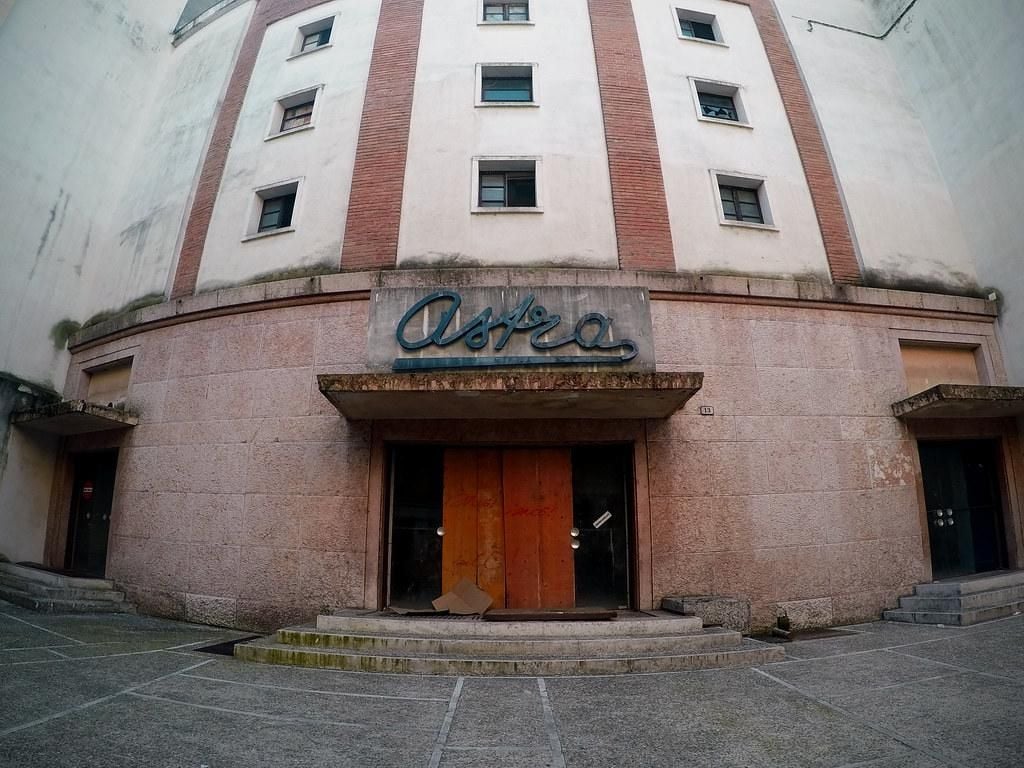‘Miniature Pompeii’ Found Beneath Abandoned Verona Cinema
In the second century A.D., “a calamitous event, in this case a fire, suddenly marked the end of the complex,” notes a statement
:focal(411x365:412x366)/https://tf-cmsv2-smithsonianmag-media.s3.amazonaws.com/filer/fc/1f/fc1f7f74-87e2-48de-b993-c75abd1ab1b3/verona.jpg)
Archaeologists digging under an abandoned cinema in Verona, Italy, have discovered the ruins of a second-century Roman building evocative of a “miniature Pompeii,” according to the Superintendency of Archaeology, Fine Arts and Landscape of Verona, Rovigo and Vicenza.
As Mario Poli of the Agenzia Nazionale Stampa Associata (ANSA) reports, the building appears to have suffered a fire that left its roof collapsed and wooden furniture partially burned. In a parallel to the eruption of Mount Vesuvius, which destroyed Pompeii in 79 A.D, “a calamitous event, in this case a fire, suddenly marked the end of the complex, leaving traces,” notes the superintendency in a statement translated by Angela Giuffrida of the Guardian.
Per VeronaSera, researchers are unsure what the building was used for but think it was too large to function as a private residence. The statement says that despite the fire damage, some of the structure’s interior was “preserved intact, with the magnificent colors of the frescoed walls dating back to the second century.” Other finds included decorated concrete floors and heating systems, notes ANSA.
Workers first found traces of an ancient Roman structure at the site—home of the former Astra cinema—in 2004, reports VeronaSera. Camilla Bertoni of Corriere del Veneto writes that experts returned to the theater, which shuttered 20 years ago, ahead of a major renovation and redevelopment project.

The abandoned cinema stands near the center of the northern Italian city, just blocks from the Verona Arena, a Roman amphitheater that remains in use today. During the Roman era, the area where the amphitheater is located was on the outskirts of the urban area, just outside the city walls, according to Culture Trip.
Verona, located about 300 miles north of Rome, was probably founded sometime in the second century B.C., per World History Encyclopedia. Its first residents may have been members of an ancient Gallic tribe. It became a Roman colony in the first century A.D., around the time the Verona Arena was built. By the time the newly unearthed building was erected, Verona was part of the Roman Empire.
Today, the city is a Unesco World Heritage site known for both its Roman-era history and its prosperity as an independent entity under the control of the Scaliger family during the 13th and 14th centuries. William Shakespeare’s use of Verona as the setting of Romeo and Juliet adds to its attraction for visitors, though it’s worth noting that the playwright never actually visited the city.
Last year, archaeologists unearthed a well-preserved mosaic floor dated to around the third century A.D. at a vineyard just north of Verona, as Camilla Madinelli of L’Arena reported at the time. The tiles—and portions of the villa’s foundations—had long been buried beneath growing vines.
/https://tf-cmsv2-smithsonianmag-media.s3.amazonaws.com/accounts/headshot/Livia_lg_thumbnail.png)
/https://tf-cmsv2-smithsonianmag-media.s3.amazonaws.com/accounts/headshot/Livia_lg_thumbnail.png)